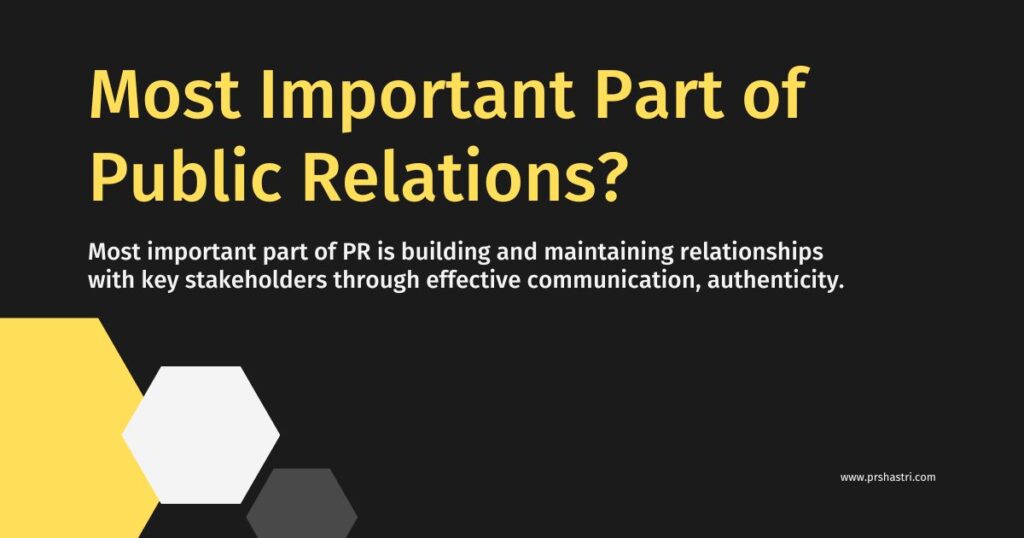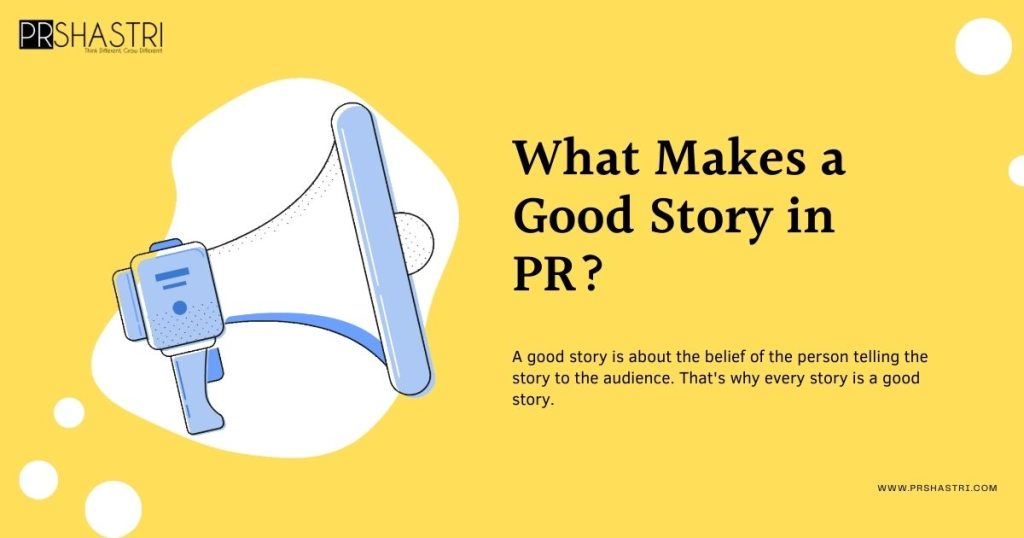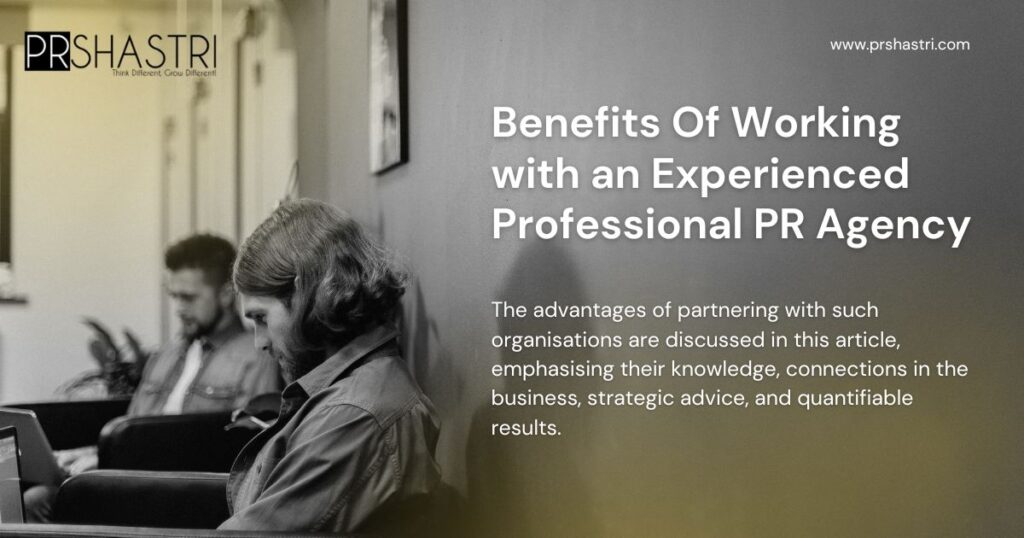In today’s fast-paced and constantly evolving media landscape, it’s becoming increasingly difficult for brands to capture the attention of their target audience. The ability of storytelling comes into play in this situation. Storytelling is an effective tool for public relations professionals to use in order to build brand awareness, establish credibility, and create a lasting emotional connection with their audience.
One of the key advantages of storytelling in public relations is that it allows brands to communicate their message in a more engaging and relatable way. Rather than relying on dry statistics or technical jargon, storytelling enables brands to convey their message through a narrative that is both memorable and emotional. This is particularly important in today’s age of social media, where consumers are inundated with a constant stream of content and are more likely to engage with stories that resonate with them on a personal level.
In addition to being more engaging, storytelling also helps to build credibility for brands. By sharing stories that demonstrate their expertise, thought leadership, or commitment to a particular cause, brands can establish themselves as trustworthy and reliable sources of information. This can help to increase brand loyalty and encourage consumers to choose their products or services over those of their competitors.
Lastly, using effective storytelling can help the audience form a strong emotional bond. By tapping into the power of emotions such as joy, sadness, or empathy, brands can create a deeper and more meaningful relationship with their target audience. This can lead to increased engagement, advocacy, and even viral sharing of the brand’s message.
To effectively leverage the power of storytelling in public relations, it’s important for brands to craft a compelling narrative that aligns with their values and resonates with their audience. This involves understanding their target audience’s needs, interests, and motivations, and tailoring the story to meet these needs. It also involves using a variety of storytelling techniques such as humor, suspense, or surprise to keep the audience engaged and interested.
In conclusion, Brands can use storytelling as a potent tool to help them reach their PR objectives. Whether it’s building awareness, establishing credibility, or creating an emotional connection with the audience, storytelling is an effective way to cut through the noise and capture the attention of the target audience.





